HOME
GALLERIES
Martha Spak Gallery, November 2020
"Invisible Light"
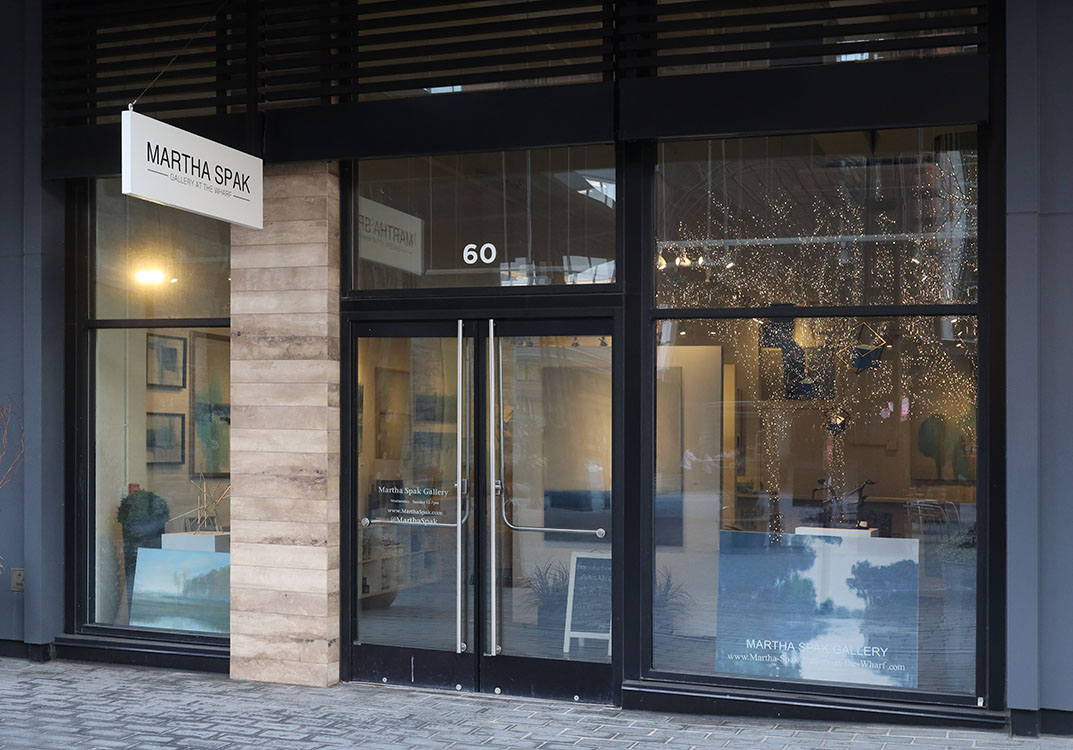
Martha Spak keeps her gallery on District Square at The Wharf, not very far from the front gate of the Capital Yacht Club in Washington DC, where Julee and I have the boat we live on. (The Club has been on this waterfront a lot longer The Wharf, being founded in 1892.) She hangs her own abstracted landscape paintings on one side of the space, with a visiting artist taking over the other half of the gallery for a month at a time. This Novemeber was my month. Originally I was going to share the space with some Haitian artists in August, hanging some of my Haitian street photography, but the Covid pandemic messed the schedule for the year up completely. The gallery was closed for some time, and I was locked down in Massachusetts in August. Even now the gallery is running on very reduced hours, and enforcing social distancing.
This show was organized on the fly a couple of monthes ago, and consists entirely of my infrared work. And, since it covers pretty close to the entire eight years I've been working in that photographic medium, it's something of a retrospective. The following photos are in the order of the presentation, starting from the front of the gallery where Martha and I hung the two big (24" X 36") prints of the back lit trees. Fewa Lake is 24" X 55". All the rest of the photos are 8" X 12" prints framed in 18" X 24" black frames.
Gallery Entry:
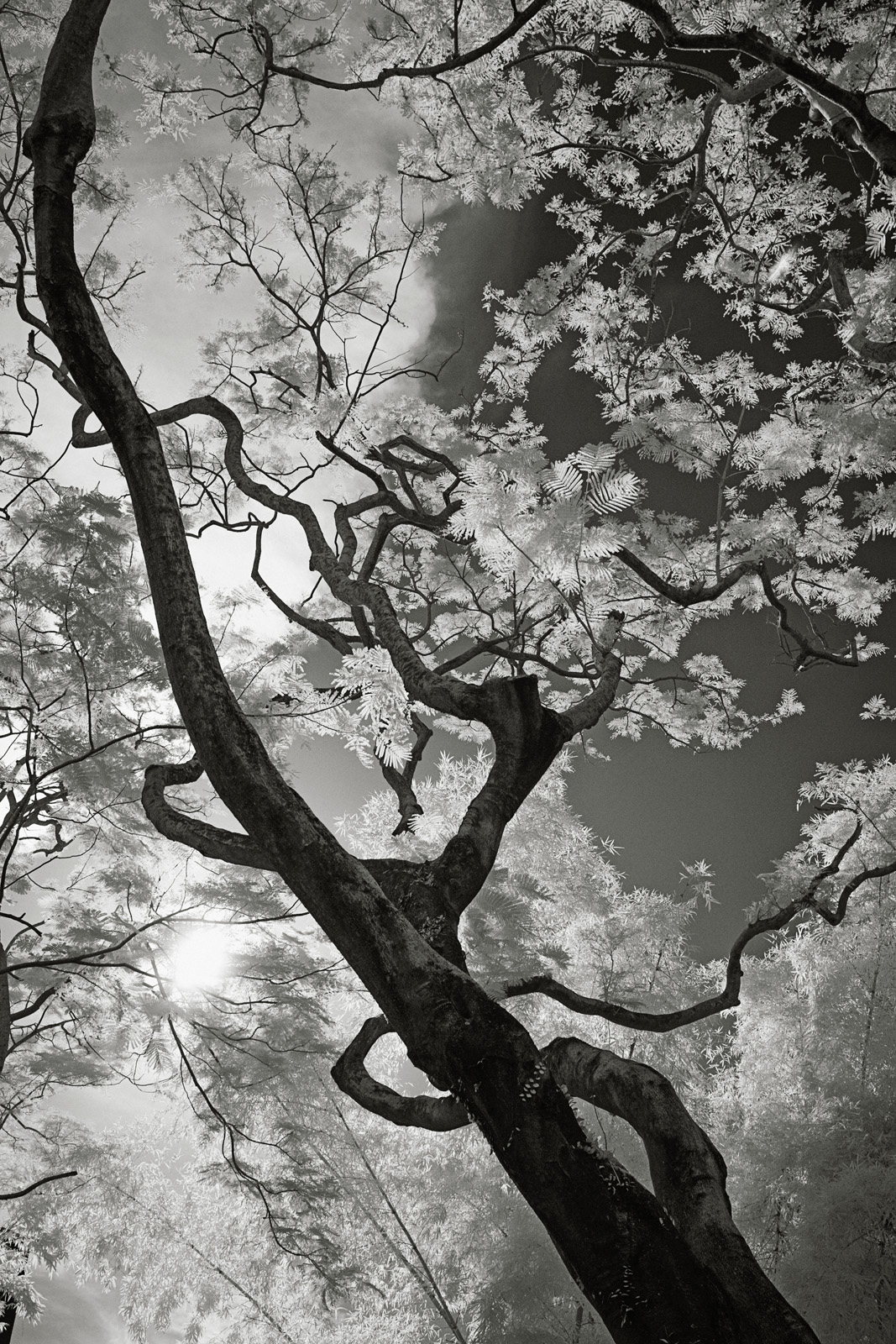
Reaching Tree I took this picture on my walk to work in Hong Kong, through the Hong Kong Zoo, which is more a park than a zoo. It was one of the first infrared photos I'd taken that really worked for me, after I'd finally figured out how to properly set up the modified camera. The sharp back lighting gave the photo (and a whole series of other tree photos taken during a the following couple of weeks) the contrast to look sharp and crisp. I later learned to increase the contrast in Photoshop to make photos taken under less perfect conditions look good.
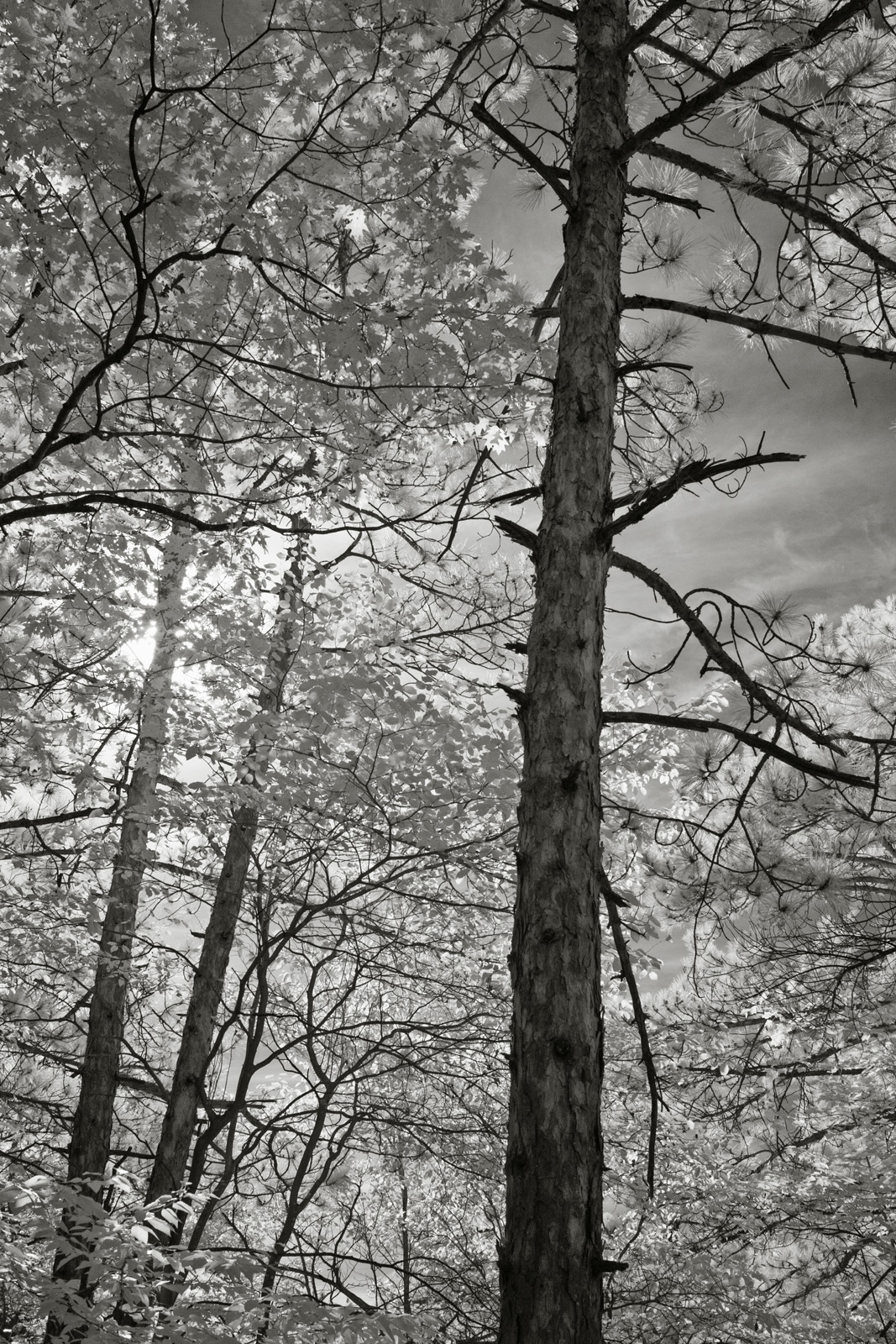
Black Mountain This picture follows the previous one by a couple of months. It's Vermont, but is simular enough in style to the Hong Kong photo that I consider it part of a set. North America instead of Asia, pine trees instead of flame trees and banyans...
Along the right wall from the front of the gallery to the back:

Bell Taken in Nuwakot, the capital and namesake of a little Newari Kingdom further up the Himalaya from the Kathmandu, captured by the Gorkha king Narayan Prithvi Shah before he took Kathmandu Valley itself and established what became Nepal. The Newari are master casters, and this large bell a fine example of their work. This was an official consular trek, on the year's anniversary of the 2015 Gorkha Earthquake. The hands belong to a Nepali Police Officer who accompanied us on the trek up the Langtang Valley and took special care of me, a weak, but determined, trekker.

Home, Tonle Sap The Tonle Sap is a seasonally variable lake in Cambodia, filling up part of the year when the Mekong River is in flood, and emptying part of the year into the Mekong when the river drops. These floating villages, towns, really, move twice a year with the water. This is a real metropolis, with streets, homes, shops, restaurants, temples, and civic buildings, all, or very nearly all, floating on the water. And teenagers driving their family's boat too fast! This group of women were hanging out on the front porch, as you do!

Moonset, Langtang Valley This picture was taken on the same trip as Bell. The Langtang valley was very badly affected by the 2015 earthquake and hundreds, including tourists from a number of countries, were killed by the avalanche that overtook Langtang Village. The valley starts west, and climbs over ten thousand feet to the east from the bottom to the top. When I took this picture I'd been walking for two days. The only way in or out of the valley is on foot or by helicopter. This was taken very early in the morning looking down and west. The moon is setting, while the rising sun illuminated the tops of the surrounding mountains, leaving the valley floor in shadow.
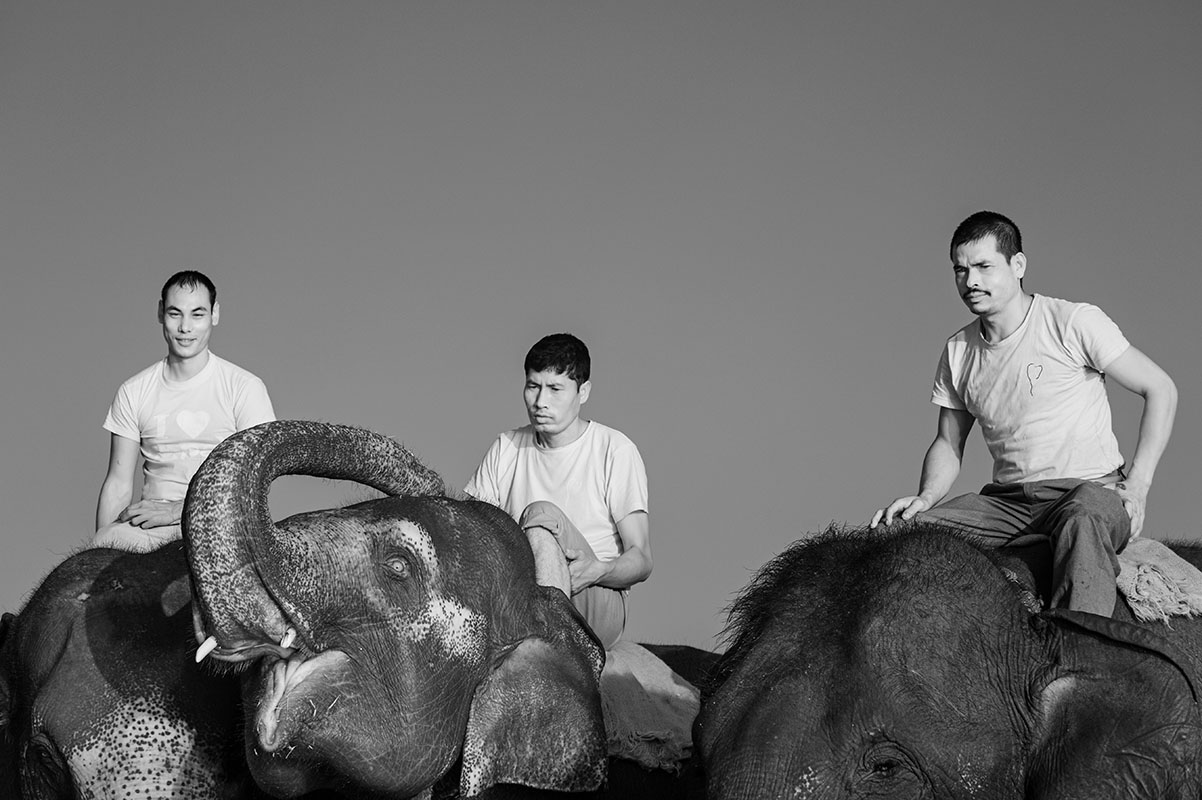
The Committee From the left to the right: Kishwar Tharu on Sita Kali; Dilip Mahato on Sandra Kali; Ram Charan Tharu on Saraswati Kali. Tiger Tops is a well established safari style resort on the edge of Chitwan National Park in the southern band of lowland Nepal known as the Terai. You might see a tiger there, but your chances are infinitely higher if you go to Bardia, another park, in February. Tiger Tops has a more than usual personal relationship with it's elephants and keeps them in larger paddocks, rather than chained, and (at least during the period I took this picture) did not put their guests on the elephants, but rather organized walks with the elephants. Much more personal and beyond cool! This picture was taken after walking with the elephants to the river for their afternoon bath. I think it does a good job of showing the bond between all the members of this team.
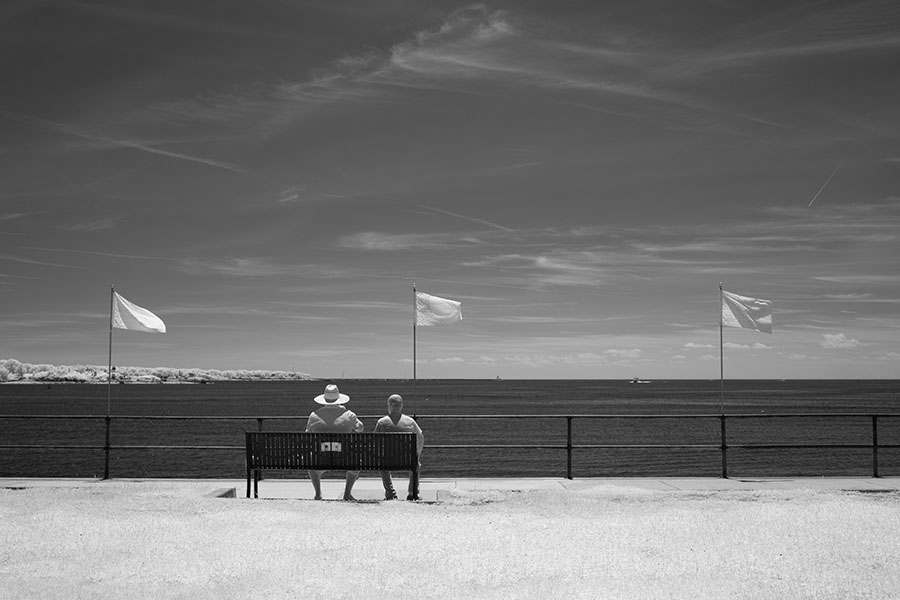
Outer Harbor View, Gloucester What a beautiful day to be sitting on Stacy Boulevard with a friend looking out at Gloucester, Massachusett's Outer Harbor! This is a little to the north of the famous Gloucester Fisherman's Memorial. These two are not as alone as they look, but I thought the version of this picture without the passers by to be the strongest of the shots I took at that moment.

The Emerald Forest Just about a block from my house in Gloucester there is a patch of wild forest, unaccountably wedged between a residential street and a shopping complex. The property was once a foundry making such things as anchors for the fishing fleet. I love foundries and hot metal work but they are environmently fraught. You can deal with it in ongoing operations, or clean it up later... When the foundry closed the site had to be razed to the ground and below, with everything, including a couple of feet of topsoil, carried away. Then, benignly, neglected, the forest grew up on it. The neighbors call it The Emerald Forest, and are lobbying the city to keep it.
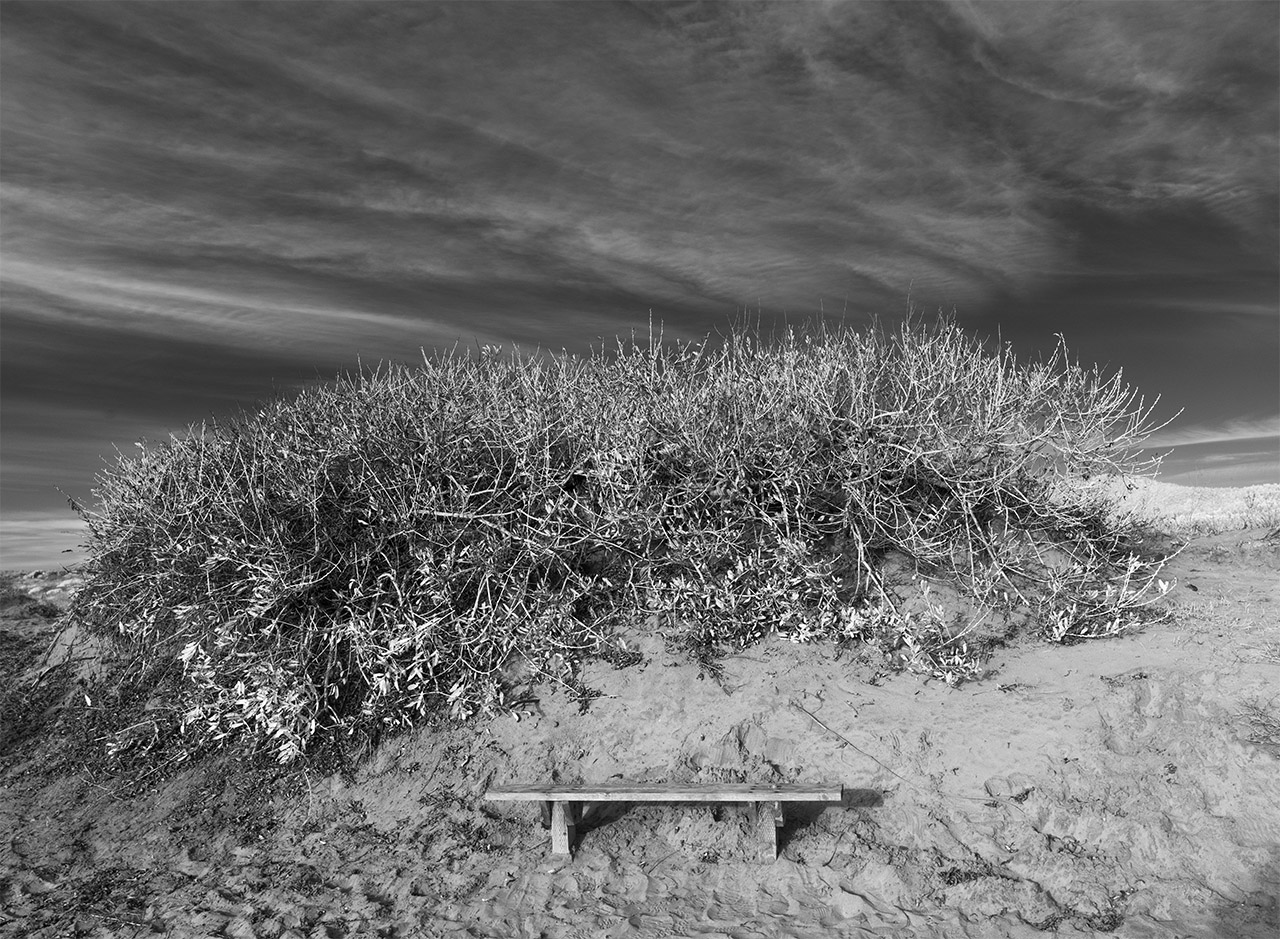
Bench This is in Año Nuevo State Park in California, a haulout beach for elephant seals, first for births, later for courtship, which is a fraught affair for elephant seals. We were early in the season, so we saw only a scattering of seals, mostly boys waiting for the arrival of the girls. This photo was a bonus, captured as I was turning away from the seals themselves. It's a three frame horizontally stitched panorama. As with many other smaller panoramas I've made, less because the image was so wide but because it's gotten to the point where it's just easier to stitch than to dig out the 25mm wide angle lens and swap it with the "normal" 40mm prime lens on the camera. Also... I can't prove this, at least not yet, but I feel the stitch gives a more normal looking picture than a wide wide angle lens.

On the Way to the Weeds I was rushing to the the tracks of the Rockport Line, the commuter rail that runs through Gloucester, to take pictures of the weeds growing through the tracks. (That part of the line is disused this year as they're doing major, months-long, repairs to the drawbridge onto the island of Cape Ann.) Thus, "On the Way to the Weeds". It's a fairly typical old Gloucester house, Sound, in need of paint, and in the family for generations.
On the central island wall of the gallery:
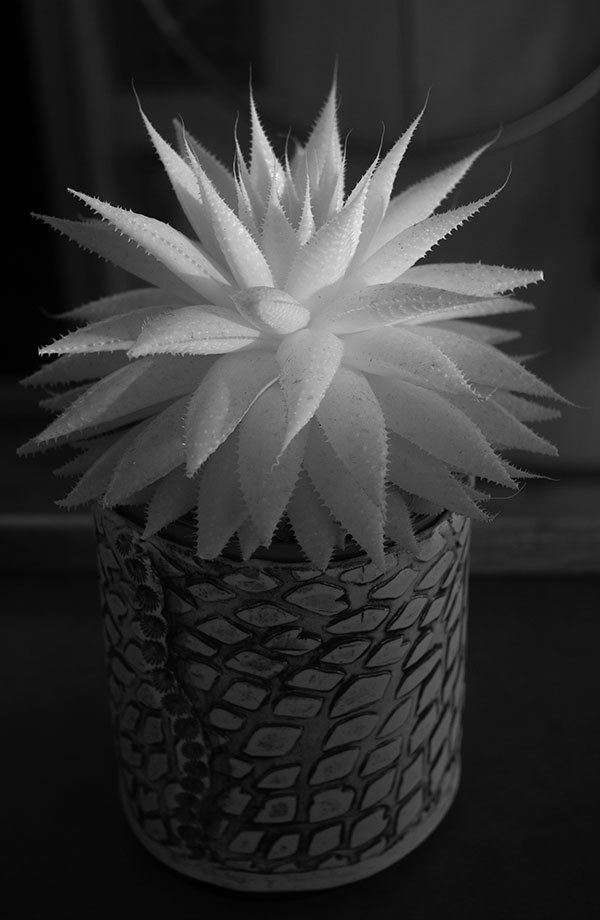
Alien A still life of opportunity, taken in the salon of my boat. This plant looks a bit unworldly, even in color. In infrared I think it really might be an alien.

Knife Edged Dzong Commonly Paro Dzong, more properly known as Rinpung Dzong. This is in the Kingdom of Bhutan, where a dzong is a government building combining everything. Fortress, palace, administrative offices, monestary, and, often, the focal point for local religious festivals. This one was also at one point the seat of Bhutan's legislative body! The picture is of a free standing building inside the fortress walls.
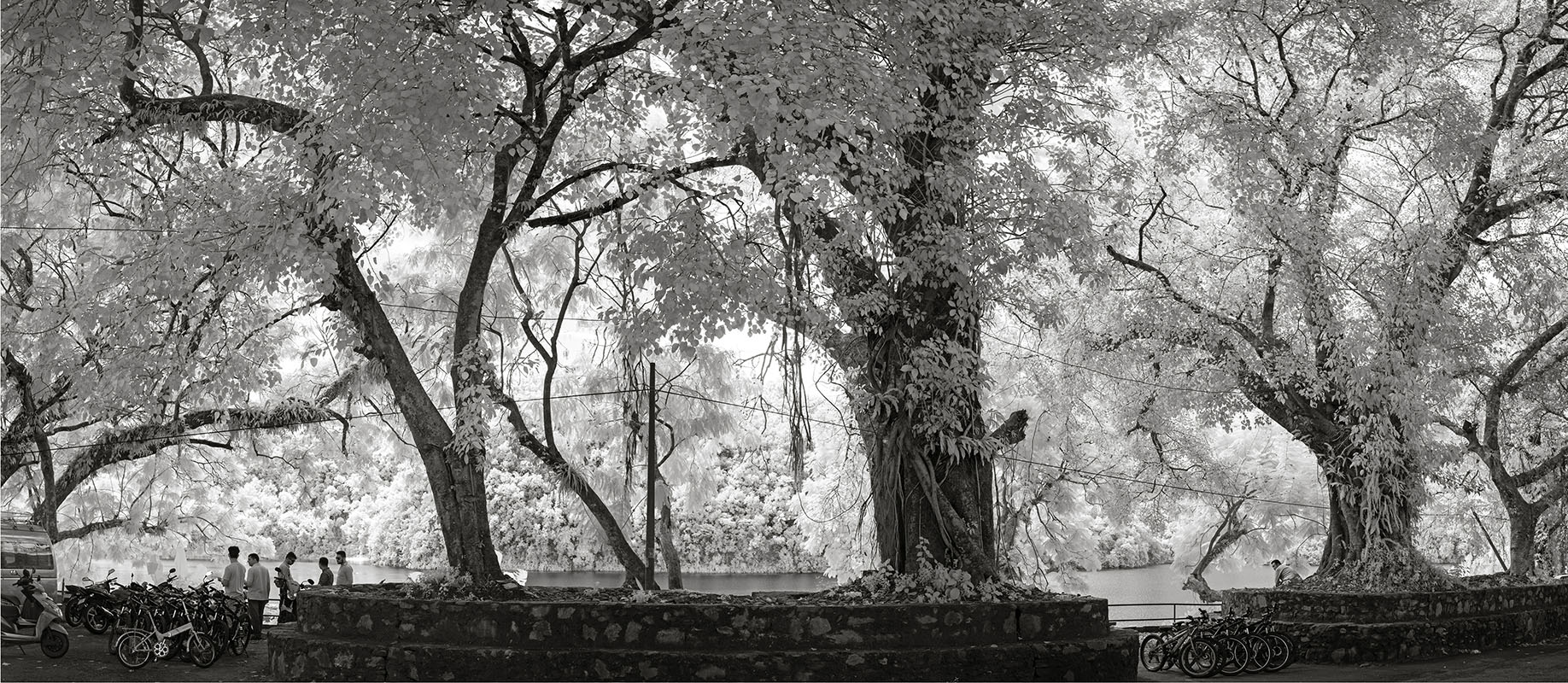
Fewa Lake I took this picture with my infrared camera on my first real visit to Pokhara, less than a year after I first set foot in Nepal, on a morning walk from the Glacier Hotel on the quieter southern end of Lakeside. One predictable aspect of infrared is that it healthy green vegetation comes out white. There's no snow, and no blossoms in this photo, but it does have a bit of a cold look to it, and some people have thought it had a Japanese look. No, really, it's very Nepal, very Pokhara, and it's a spot that anyone from Pokhara gets sentimental about, since it's a pleasant quiet place people go to where they can chill, hang with their friends, where young people court. It's a stitched panorama, six individual overlapping photographs assembled in the computer in post-production. Not every photograph works in every size, but this one does. It looks great wall sized in the gallery, and I used it for my Christmas card a few years ago, and it looked really good small as well.
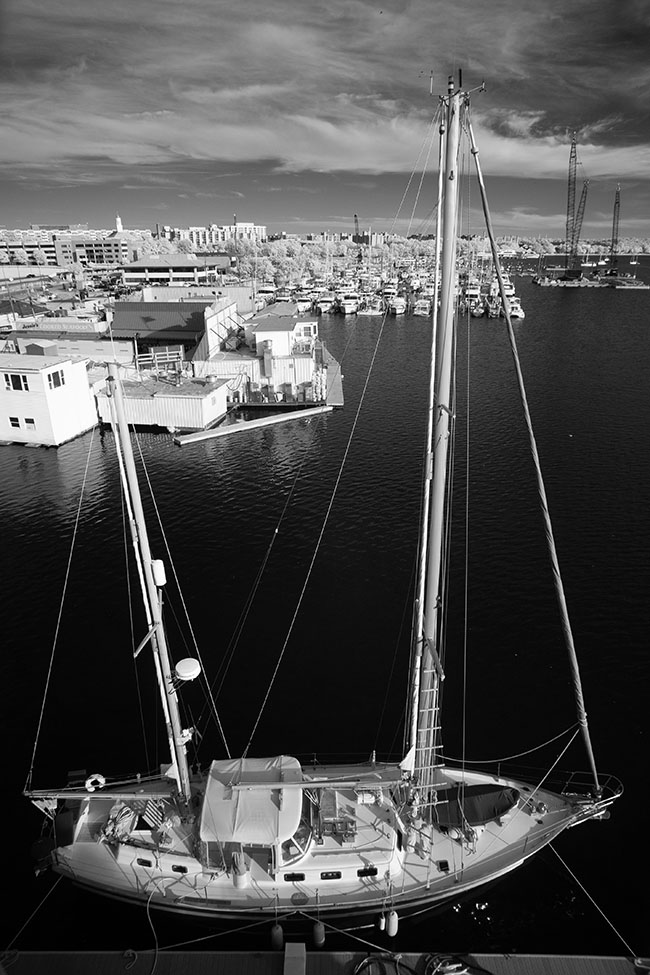
Schooner Portrait This provides the local angle. I took it five years ago as the Southwest DC Waterfront was being demolished to make way for what has become the Wharf. I made many trips to the 14th Street bridges and the walkway of East Potomac Park across the Washington Channel from the action to take photos. This one is really more the portrait of a large sailboat belonging to fellow members of the Capital Yacht Club and less a record of the neighborhood moment. But, the old club is in the background, seconds ticking down until we moved out and down the Channel ahead of the demolition.














